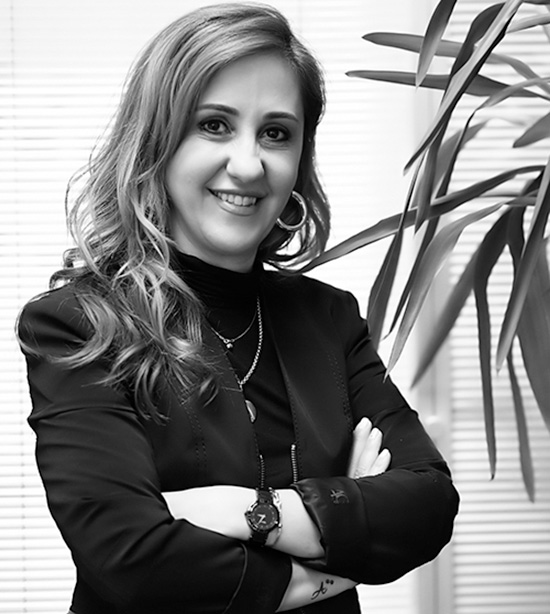Z. Sibel Özilgen - Cooking as a Chemical Reaction: Culinary Science with Experiments
Here you can read online Z. Sibel Özilgen - Cooking as a Chemical Reaction: Culinary Science with Experiments full text of the book (entire story) in english for free. Download pdf and epub, get meaning, cover and reviews about this ebook. year: 2020, publisher: CRC Press, genre: Home and family. Description of the work, (preface) as well as reviews are available. Best literature library LitArk.com created for fans of good reading and offers a wide selection of genres:
Romance novel
Science fiction
Adventure
Detective
Science
History
Home and family
Prose
Art
Politics
Computer
Non-fiction
Religion
Business
Children
Humor
Choose a favorite category and find really read worthwhile books. Enjoy immersion in the world of imagination, feel the emotions of the characters or learn something new for yourself, make an fascinating discovery.

- Book:Cooking as a Chemical Reaction: Culinary Science with Experiments
- Author:
- Publisher:CRC Press
- Genre:
- Year:2020
- Rating:3 / 5
- Favourites:Add to favourites
- Your mark:
Cooking as a Chemical Reaction: Culinary Science with Experiments: summary, description and annotation
We offer to read an annotation, description, summary or preface (depends on what the author of the book "Cooking as a Chemical Reaction: Culinary Science with Experiments" wrote himself). If you haven't found the necessary information about the book — write in the comments, we will try to find it.
The text uses experiments and experiences from the kitchen, and other food preparation areas, rather than theory, as the basic means of explaining the scientific facts and principles behind food preparation and food processing. It engages students in their own learning process.This textbook is designed so that students can first perform certain experiments and record their observations in tables provided in the book. The book then explains the science behind their observations.
Features:
Experiments and recipes form the basic means of teaching culinary chemistry
Features new chapters on food hygiene and safety, kitchen terminology, and taste pairing
Employs real kitchen practices to explain the subjects
Covers traditional food chemistry including water in culinary transformations, protein, carbohydrates, fats, sensorial properties
Many concepts throughout the book are marked with a symbol that indicates the concept is one that they will come across frequently not just in this text, but in the kitchen and other food preparation and processing areas. A second symbol precedes the scientific explanation of the observation made during the experiments in the chapter. At the end of each chapter, students are presented with important points to remember, more ideas to try, and study questions to reinforce concepts that were presented in the chapter. The book is designed for each chapter to be read and studied in chronological order, as the concepts of each chapter will reoccur in subsequent chapters.
Written at the undergraduate level,this book is designed for students in culinary arts, nutrition, dietetics, food science and technology, and gastronomy programs. It is intended for students with limited scientific background who are studying different aspects of food preparation and processing.
Z. Sibel Özilgen: author's other books
Who wrote Cooking as a Chemical Reaction: Culinary Science with Experiments? Find out the surname, the name of the author of the book and a list of all author's works by series.

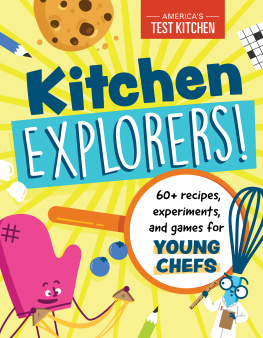
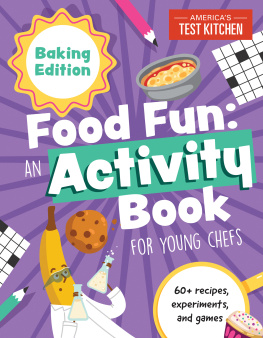
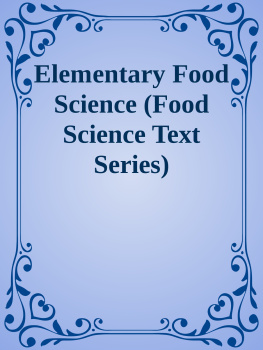
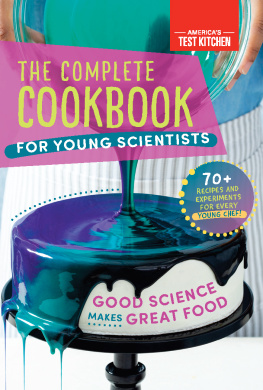
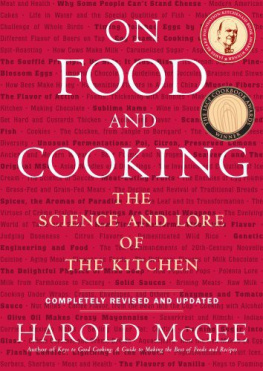
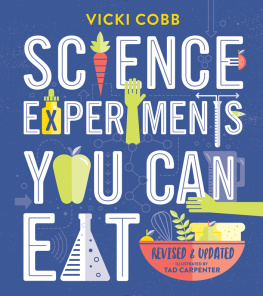
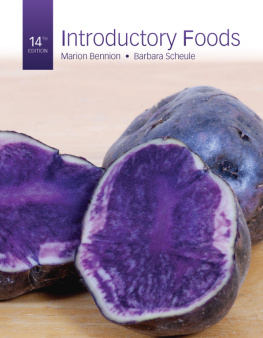
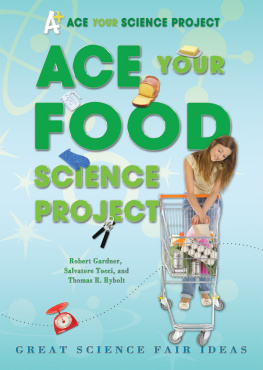
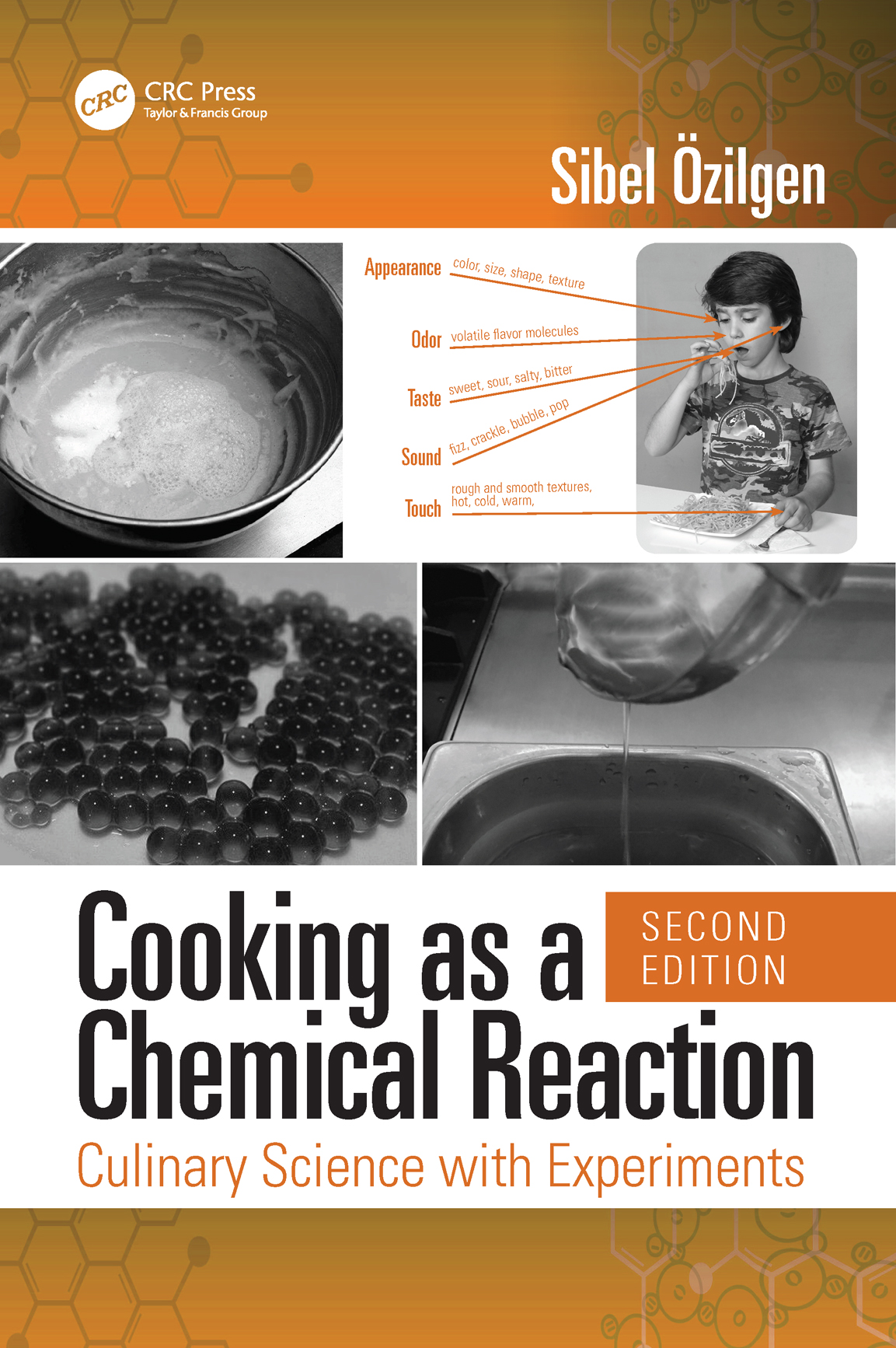

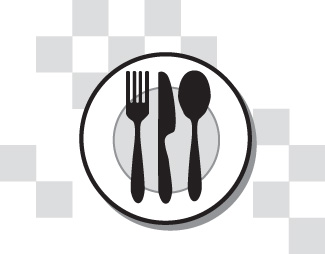
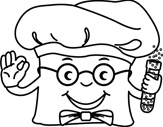 . This symbol indicates that the concept is an important one that students will come across frequently, both during the study of this text and in the kitchen. The symbol
. This symbol indicates that the concept is an important one that students will come across frequently, both during the study of this text and in the kitchen. The symbol 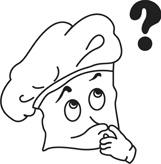 precedes a scientific explanation of the observations made during experiments in the chapter. At the end of each chapter, students are presented with important points to remember, more ideas to try, and study questions to reinforce concepts that were presented in the chapter. It is important to note that it is necessary for students to fully understand the key concepts of each chapter because they will reoccur in subsequent chapters.
precedes a scientific explanation of the observations made during experiments in the chapter. At the end of each chapter, students are presented with important points to remember, more ideas to try, and study questions to reinforce concepts that were presented in the chapter. It is important to note that it is necessary for students to fully understand the key concepts of each chapter because they will reoccur in subsequent chapters.